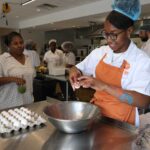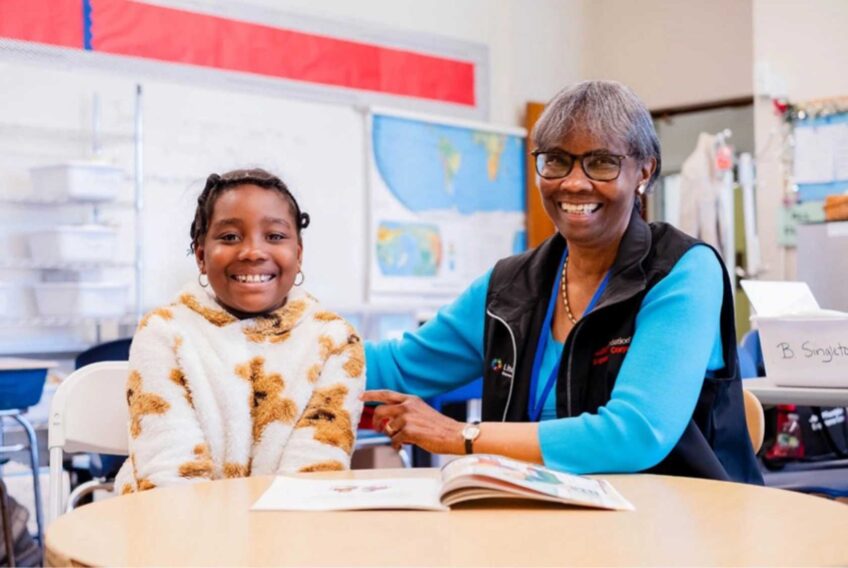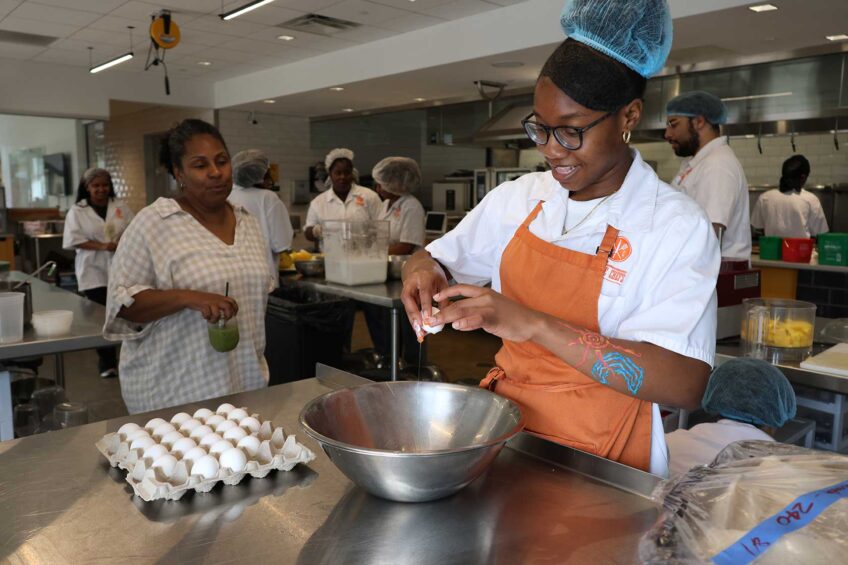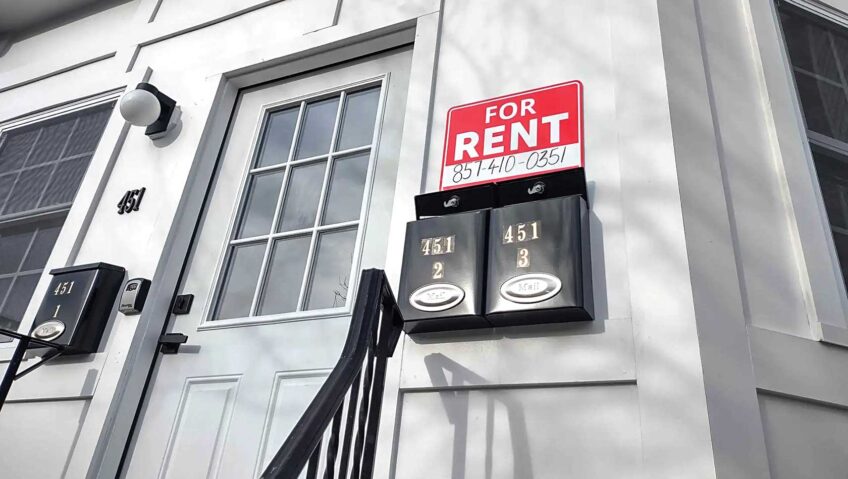Scholars from a wide range of disciplines have come together on a new, more comprehensive look at the status of black lives in Massachusetts.
Using the latest census information and other sources the report — “Blacks in Massachusetts: Comparative Demographic, Social and Economic Experiences with Whites, Latinos and Asians” — draws on hard data to show striking, persistent racial inequalities.
“[A] big finding is that we still have structural inequality in Massachusetts and that’s not based on opinion, not based on people thinking whether things have changed or not. It’s official government data that tells us this,” said co-author James Jennings, professor at Tufts University.
Foreign-born
Among the notable findings of the report: Nearly one-third of the state’s black community is foreign-born.
“It’s something that even in the black community is sometimes overlooked,” Jennings said.
This finding suggest that there may be a greater need to look past the blanket label “black” and acknowledge cultural differences within, said co-author Linda Sprague Martinez.
“For me the diversity in the black community stands out,” said Sprague Martinez, an assistant professor at Boston University.
“People talk about ‘the black community’, and there’s lot of assumptions that we’re the same and we’re not the same,” she said. “You can’t make the assumption that everyone’s coming from the same perspective.”
Critical timing
Co-author Barbara Lewis, director of the William Monroe Trotter Institute for the Study of Black History and Culture, said the report comes at a critical time.
“[The report] is coming right in the middle of what I see as a massive onslaught against the demographic future of people of color in the form of regular resistance to continued life,” she said. “The tenor of the times is a demographic contest, which underlines the significance of the comparative research report.”
Cross-discipline collaboration
A significant aspect of the report is that it brings together six scholars of color from diverse perspectives and experiences, said Sprague Martinez, Jennings and Lewis. The authors bring combined expertise in areas such as public health, economics, law, immigration, political science and cultural history.
That provides greater research depth and a voice that has not always been present in studies on black experiences — the voice of black researchers, Jennings said.
“When we look at how the black experience is studied in this state, this city, a lot of times the scholars who are working on the ground — especially black scholars — may not be at the table,” he said.
The authors hope to continue with the success of this collaboration. Sprague Martinez said that collaborating on the report led her to begin work with Jennings on another project. The group as a whole will convene a meeting later this month to explore how to act on the report’s findings and continue this kind of collaboration, Jennings said.
Local action
The report not only details the state of black lives in Massachusetts, but also serves as a call for action, particularly on the local level.
The document includes a series of question that authors say can guide local government, philanthropic and civic organizations in understanding and addressing racial inequality in their communities.
“In the past, the community has looked overwhelmingly to external support,” Lewis said. Instead, authors are calling upon local communities to assess their resources and be key players in effecting change.
“Sometimes missing in the discussion is, ‘What are we going to do in our own communities, when we see this continuing profile of structural inequality, to try to move the needle?’” Jennings said.
The upcoming January meeting will be the first of several community gatherings at which representatives will help community members plan for action, Lewis said.






